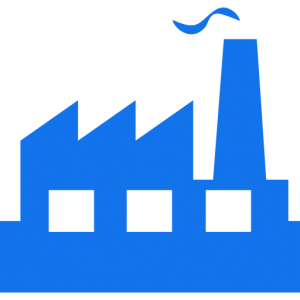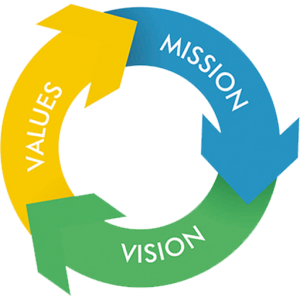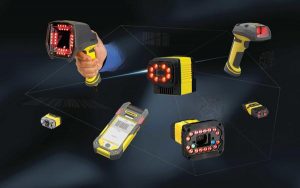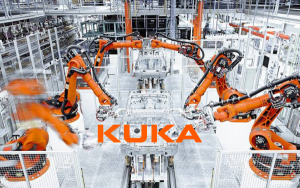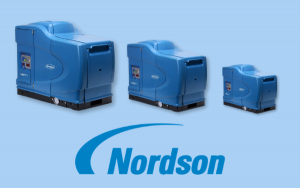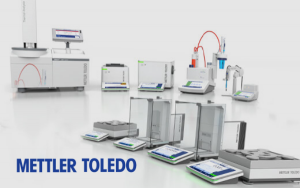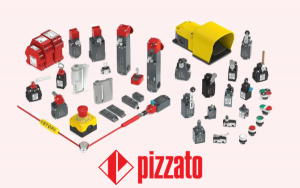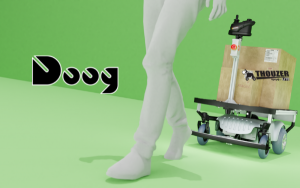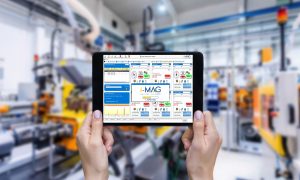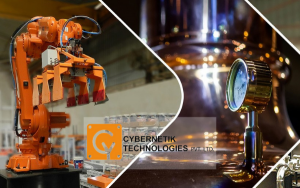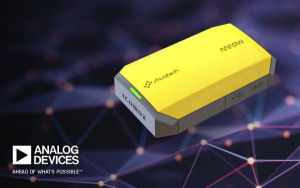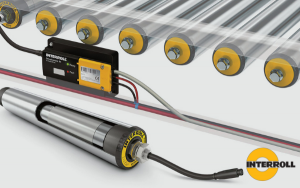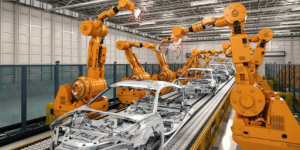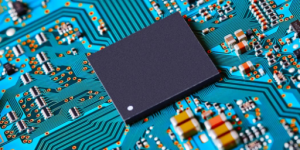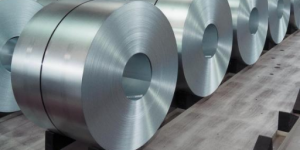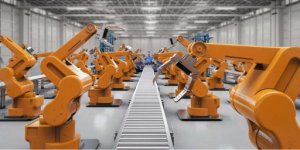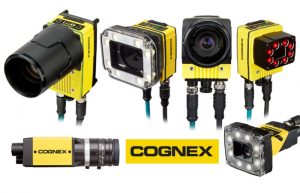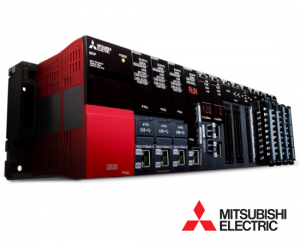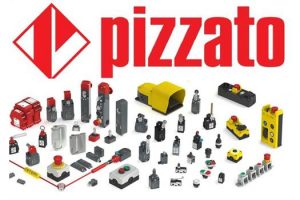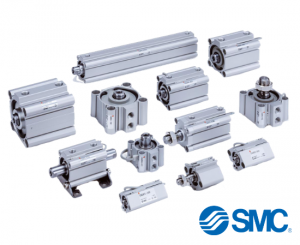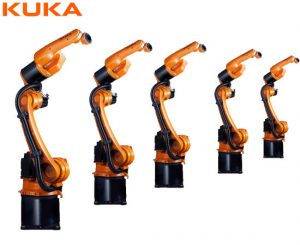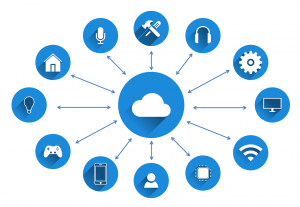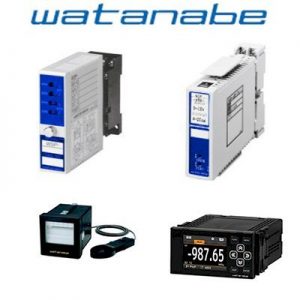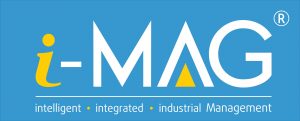
DEEP LEARNING SOLUTION IN OPTICAL CHARACTERS
Today’s machine vision algorithms can distinguish parts by even the slightest difference in markings or features. However, there are still limitations. Optical character recognition (OCR) works with traditional rule-based machine vision under ideal, repeatable conditions when fonts are legible and presented against a contrasting background. However, deep learning technology provides a groundbreaking method for automating this layer of testing when code is heavily distorted, skewed, or poorly etched, especially under difficult-to-read conditions. Cognex’s deep learning-based OCR engine uses a library of pre-trained fonts for testing. Simply define the area of interest, set the character size, and label the characters in the set of images. OCR based on deep learning can read code that traditional OCR tools cannot decode.
Read the vin code in the auto industry
Deep learning ensures all vehicle identifiers (Vin codes) are read under any conditions for traceability.
Problem:
A vehicle identification number, or VIN, is a multi-character code used as a unique identifier for automobiles. The VIN contains letters and numbers and can be a Directly Marked Part (DPM); engrave or scribble on a metal plate; or printed on the sticker. Automakers must be able to locate and decode VIN codes for successful traceability. Characteristic lighting, paint colors, and glare make it difficult for machine vision systems to locate and recognize characters. A test system needs to accept reflective surfaces that challenge image formation in order to successfully decode the characters.
Solution:
With Cognex Deep Learning, it is now possible to easily locate and read distorted characters, despite visual problems. To train the software, an engineer identifies regions of interest on images containing a wildcard VIN character set. The software’s pre-trained multi-font capability recognizes characters even when it’s obscured by luminance and contrast. During training and validation, the technician just re-labels the missing characters until the software’s model correctly identifies all the characters. This new deep learning-based OCR approach saves training and development time by reducing over-labeling and successfully reading characters against a very noisy background.

Deep learning reads chip codes in the electrical industry
Deep learning reads small, distorted, poorly engraved electronic chip codes
Problem:
Most chips are labeled with an alphanumeric string to keep track of them during manufacturing. Glare can result in low-contrast images, making it difficult for machine vision systems to locate and recognize characters. To successfully decode characters on electronic components and modules, optical character recognition (OCR) systems need to withstand reflective surfaces as well as distorted, misaligned and poorly engraved.
Solution:
With Cognex Deep Learning, the system can easily read distorted characters, despite the visual problems. This deep learning-based OCR approach saves training and development time by reducing over-labeling and successfully reading characters in difficult situations. The software only requires an engineer to set the region of interest and character size. Once set up, the tool’s pre-trained font library decodes characters and reads strings without training. In situations where the characters are very difficult to read, the software can be directly retrained using variant characters.

Deep learning reads OCR codes on tubular, cylindrical surfaces
Deep learning reads codes on curved, reflective aluminum cans in poor light
Problem:
Aluminum cans on the packaging line cause large variations in both brightness and reflectivity due to the shiny texture of the canning material. In addition, the can’s curvature and the incorrect inkjet code, resulting in burrs, smudges, and characters close together, cause test conditions that make the use of traditional OCR tools nearly impossible. can not.
Solution:
With Cognex Deep Learning, the system can easily read distorted characters under changing lighting conditions and from different angles. This new deep learning-based OCR approach thrives on imaging challenges thanks to rapid training from small data sets using characters with variations. The software only requires an engineer to set the region of interest and character size. Once placed, the engine’s pre-trained font library decodes the characters and reads the strings. The app can adjust with additional image training to interpret changing light or reading code from unexpected angles.

Deep learning reads OCR codes on plastic bags
Deep learning reads codes despite wrinkled, reflective surfaces or badly shaped characters on plastic bags or other flexible packaging
Problem:
Hospitals need to read and verify characters printed on supplies such as IV bags through an automated process for traceability purposes. When no standard fonts are used in alphanumeric codes, this can require extensive training to teach the visual system to recognize the many fonts and styles the system may encounter, especially especially on wrinkled surfaces such as IV bags. Poorly printed characters, either on the label or directly on the package, can also cause optical character recognition (OCR) problems. The large variation of characters as well as the reflection and flexibility of the plastic bag do not allow the use of traditional OCR methods.
Solution:
Cognex Deep Learning decodes distorted, misaligned, and poorly engraved characters using optical character recognition (OCR) and verification (OCV). Pre-trained, multi-font library that identifies most out-of-the-box text without additional programming or font training. This makes implementation quick, easy with limited development. This software can be retrained to adjust to specific OCR application requirements or misread characters.

DEEP LEARNING SOLUTIONS
Cognex Deep Learning is the first set of deep learning-based vision solutions specifically designed for factory automation. Proven, optimized, and field-proven technology based on state-of-the-art machine learning algorithms.
Instead of following a rule-based approach to solving inspection challenges, like traditional machine vision applications, Cognex’s deep learning solutions learn to detect patterns and anomalies from objects. Reference image example. Deep learning automates and scales complex testing applications that hitherto still required testers such as defect detection and final assembly verification.


In-Sight ViDi
Deep learning applications In-Sight® ViDi implemented on smart camera In-Sight D900 without a PC, making it easy for non-programmers to access deep learning technology. The application uses the familiar and easy-to-use In-Sight software platform, which simplifies application development and factory integration.
VisionPro Deep Learning
Software VisionPro Deep Learning combined machine vision tool library (Machine Vision) Comprehensive with advanced deep learning tools within a common development and deployment framework. It simplifies the development of highly scalable vision applications and enables engineers to build flexible, highly customized deep learning solutions tailored to specific needs.


